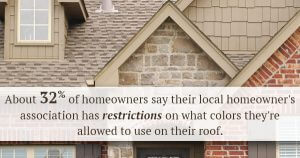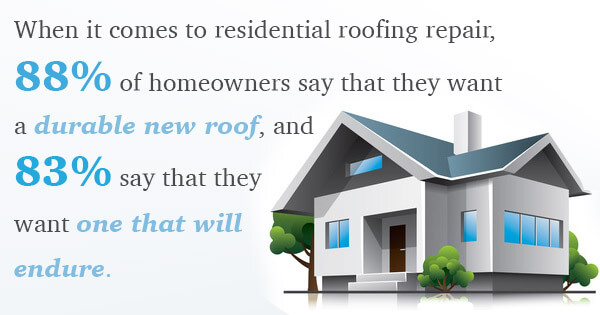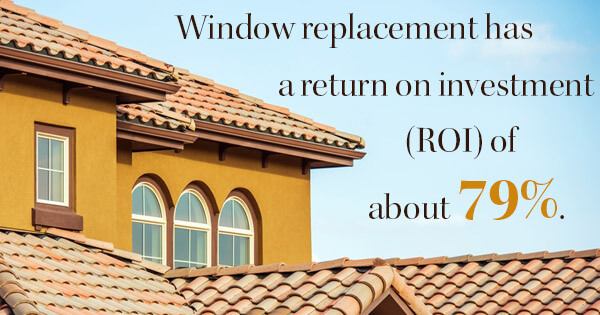 For at least a century, those iconic asphalt shingles have been by far the most popular residential roofing material, at least in the U.S. (they’re virtually unheard of in Europe). But while asphalt singles are popular on commercial buildings as well, selecting commercial roof types is a markedly different process. For instance, about 32% of homeowners say their local homeowner’s association has restrictions on what colors they’re allowed to use on their roof, while many commercial buildings have hidden, flat roofs that require specific commercial roof types.
For at least a century, those iconic asphalt shingles have been by far the most popular residential roofing material, at least in the U.S. (they’re virtually unheard of in Europe). But while asphalt singles are popular on commercial buildings as well, selecting commercial roof types is a markedly different process. For instance, about 32% of homeowners say their local homeowner’s association has restrictions on what colors they’re allowed to use on their roof, while many commercial buildings have hidden, flat roofs that require specific commercial roof types. And since the average roof requires replacing every 17 years, many property owners will be looking to finally invest in roof repair in 2015. So what are the most popular roofing materials, and what are the most cost-effective commercial roof types?
A 2014 study from the Berkeley Lab, called the “Economic Comparison of White, Green, and Black Flat Roofs in the United States,” found that white roofs were the most cost-effective over a 50-year period. So-called white roofs are also known as cool roofs, and they refer to a variety of commercial roof types characterized by a heat and light-reflective white surface. And because of their cost effectiveness, white roofs have quickly become some of the most popular roofing materials in the world.
So what are green and black roofs? Green roofs have never quite caught on in a big way, but it’s no surprise to see them pop up in a study from Berkeley. Green roofs are essentially rooftop gardens or sod, designed to reflect heat and absorb rainwater. Black roofs are the tar and bitumen-based material that have long been standard on commercial roofs, until now.
Now, in 2015, commercial roofing contractors are installing more white roofs than ever. Based on installation costs, roof repair costs, and air conditioning and heating savings, the researchers found that cool roofs saved an average of $2 per square foot compared to standard tar-and-gravel black roofs.
What kind of white commercial roof types are available today? The best local commercial roofing company should be able to provide TPO (thermoplastic) and PVC (vinyl roofing made from petroleum) membranes. These white, reflective membranes are popular for flat roofs on commercial buildings of various sizes. Another reason for these commercial roof types’ popularity? Wholly 88% of customers said that “durability” was the number one factor when choosing roofing materials, and TPO and PVC membrane are some of the most advanced and reliable new products in the roofing industry today. Plus, they’re Energy Star certified.
Subscribe to West Michigan Roofing's Blog








Comments